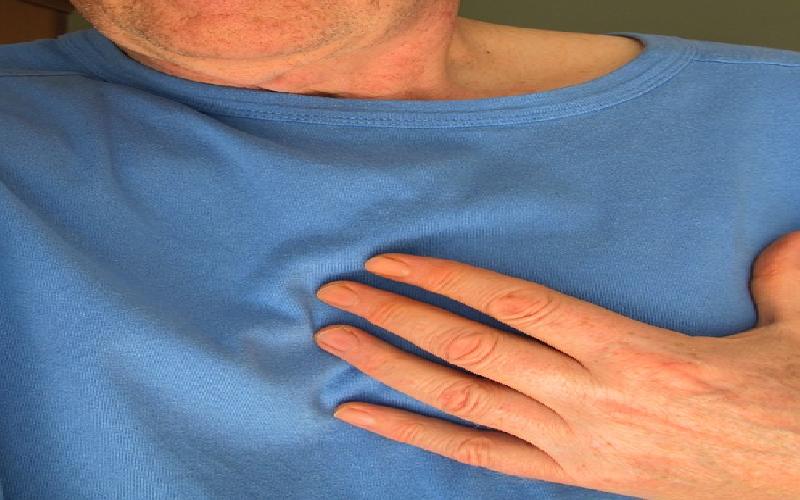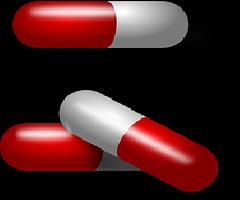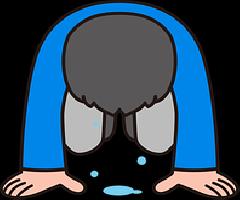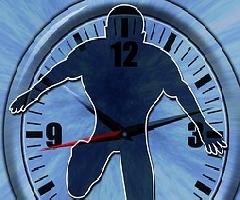Stroke has only two types- Myocardial Infarction and Angina Pectoris. Keep on reading to learn the differences of the two.
Difference between Angina Pectoris and Myocardial Infarction
1. Angina Pectoris
The main problem in this disease is intermittent chest pain caused by insufficient coronary blood flow which leads to inadequate supply of oxygen in the heart.
Initial Manifestations: The patient may experience squeezing, burning, pressing, choking, aching or bursting chest pain in the left side. This lasts for only 20 minutes and the patient may describe it as something that feels like gas or heartburn. Aside from the pain, he/she may also have palpitations, excessive
sweating, faintness or a fluctuation in the readings of his/her blood pressure.Laboratory data: For nurses, doctors and healthcare providers, a patient with Angina Pectoris reveals ST segment depression in the Electrocardiogram.
Interventions in the hospital: Upon arriving in the hospital, the nurse will administer Nitroglycerine under the patient’s tongue. The drug causes burning sensation but will indicate it is potent. The client may also be prepared for PTCA (Percutaneous Transluminal Coronary Angioplasty). The procedure will be done through inserting a balloon-tipped catheter through a guide wire into a coronary vessel.
2. Myocardial Infarction
The cause for having this disorder is also based from inadequate supply of oxygen in the heart but the heart tissues have been damaged. There is a partial damage to the heart.
Initial Manifestations: The pain is characterized by the patient as crushing or excruciating. The pain is on the lower sternum or breastbone. The patient also have nausea and vomiting, anxiety, excessive sweating, pale skin, arrhythmias, low grade fever and a decrease or increase in blood
pressure.Laboratory data: For nurses, doctors and healthcare providers, a patient with Myocardial Infarction has elevated myoglobin, troponin, creatinine phosphokinase, and AST.
Interventions in the hospital: Since Myocardial Infarction patient requires more immediate and urgent care, the nurse administers oxygen and a drug called Demerol to relieve the pain. The patient is also positioned in semi-fowlers or lying with the head of the bead elevated at least at 30 degrees angle. Diet is emphasized for this patient. He/she will be instructed to maintain low fat, low cholesterol, and low sodium diet.
Notes:
- The most dangerous period for a patient following Myocardial Infarction is the first 24-48 hours so careful monitoring is required.
- The most common area of damage in Myocardial Infarction is the left ventricle part of the heart.
- The most lethal complication in the acute period after Myocardial Infarction is ventricular dysrhythmias.









